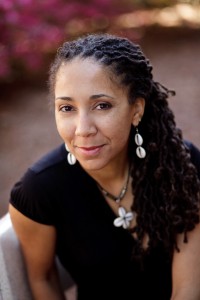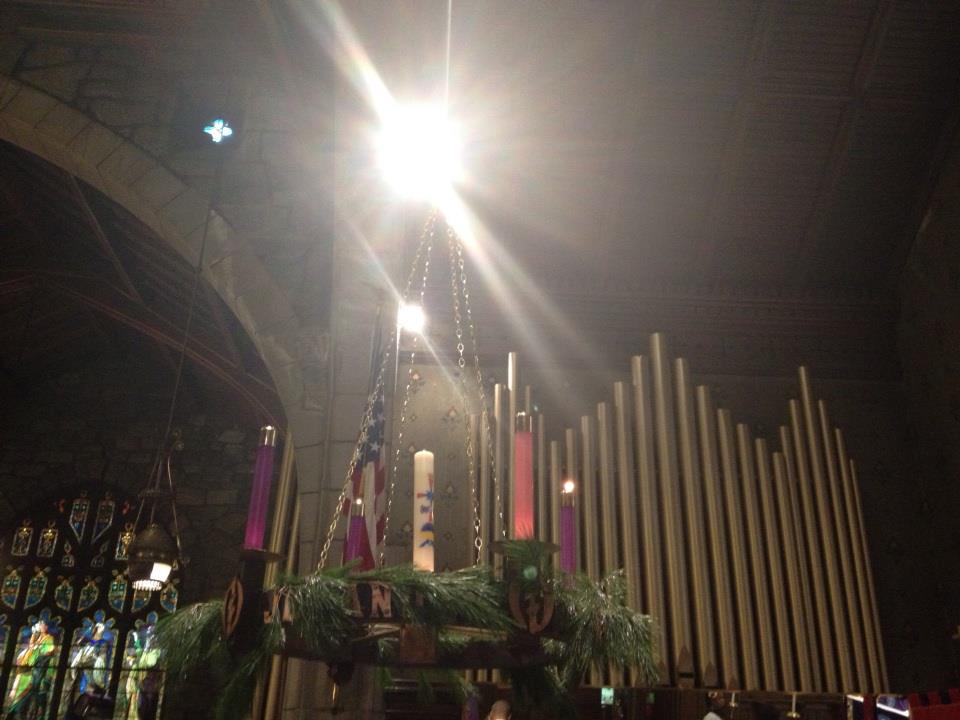Advent is a sacralized last-trimester pregnancy among other things. Many women identify with the pregnant Virgin – in spite of the sexual intimacy through which most of them were impregnated, medical and reproductive technologies aside. But all women will not and cannot become pregnant and give birth. For some that is extraordinarily painful and magnified in this holy season.
An anonymous blogger wrote on this theme in 2010:
To what will this season give birth?
For what (whom) am I waiting?
For what do I long?
For hopes and dreams miscarried by disappointment.
The end of some lives, some hopes for life
washed out in a bloody painful flux.
Where is the promise of new life to take root and blossom,
in scarred wombs convulsing with the pains of miscarriage
parodying the pains that give birth to life?
And what of the empty wombs of barren women?
For what do they long and how will this holy season give birth to and for them?
Can the youth and fertility of one otherwise insignificant girl child restore us all?
Redeem us all?
Give life to us all?
Save us all?
I wait in the eclipsing darkness
shadowed by the light of a single candle
the deepest night with all its terrors is behind me
I feel its breath on my neck.
Before me is that single candle
and in its shadow
another
waiting.
What will the next explosion of light reveal?
 Monica Coleman, who has blogged about her miscarriage also writes about the link between Advent and pregnancy: “Advent is about pregnancy, and pregnancy is about waiting. Pregnant women wait. Some women wait for the first three months to pass before they tell anyone they are pregnant. Waiting to get past the time when miscarriage is more likely. Waiting to share the good news. Waiting to feel like the baby is safe. Waiting to exhale.”
Monica Coleman, who has blogged about her miscarriage also writes about the link between Advent and pregnancy: “Advent is about pregnancy, and pregnancy is about waiting. Pregnant women wait. Some women wait for the first three months to pass before they tell anyone they are pregnant. Waiting to get past the time when miscarriage is more likely. Waiting to share the good news. Waiting to feel like the baby is safe. Waiting to exhale.”
Advent is a fragile and frightening time for many. And we ought not forget that.


Leave a Comment